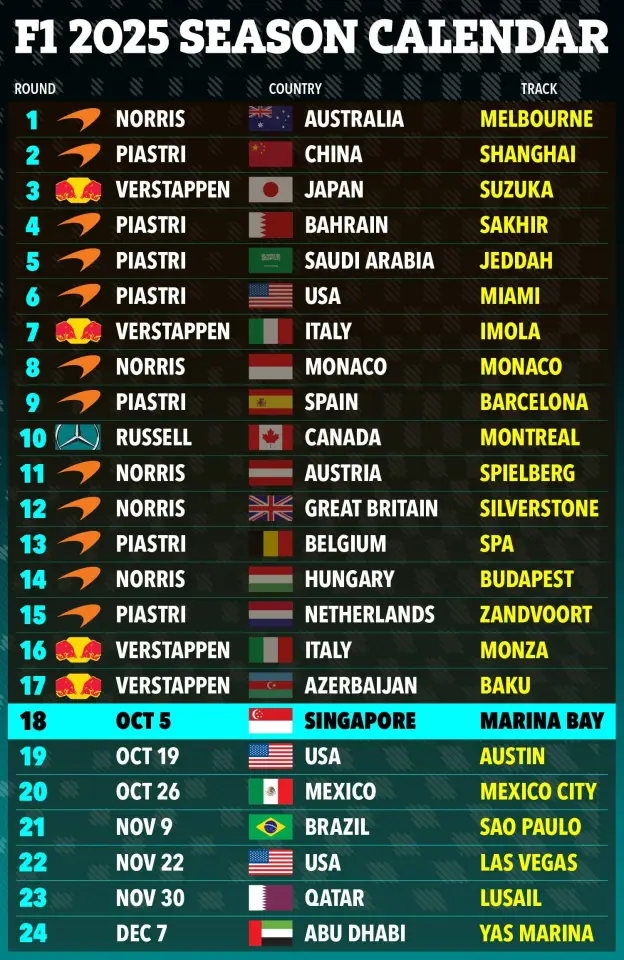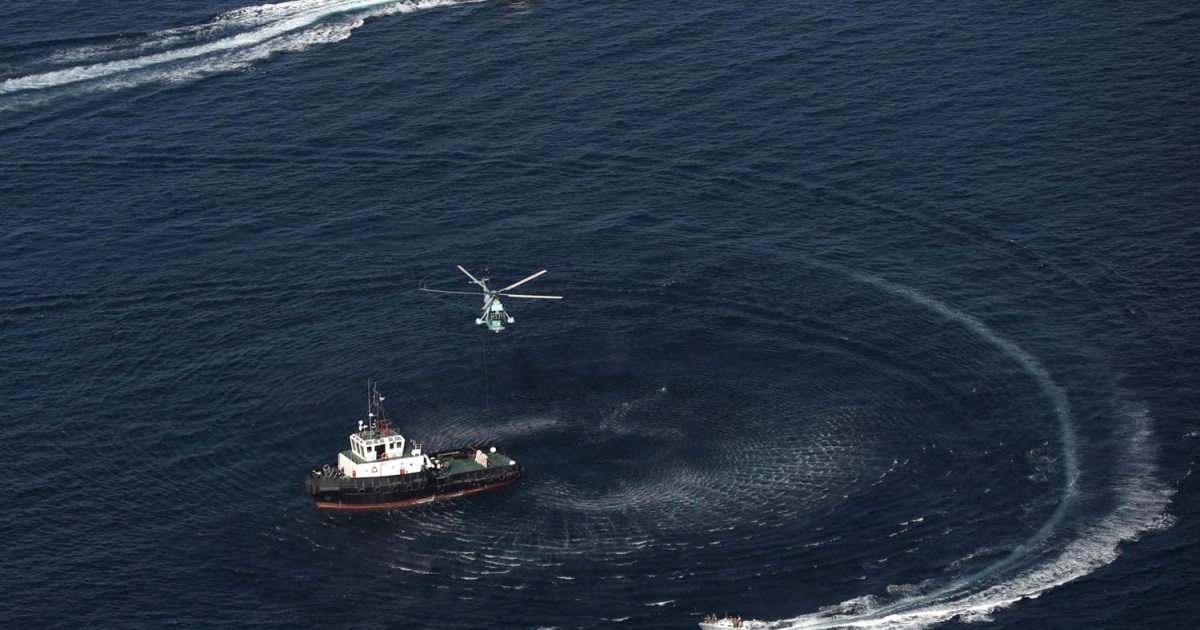American ranchers demand Trump abandon plan to buy Argentine beef

Oct. 22 (UPI) — American cattle ranchers are calling on the Trump administration to abandon plans to buy Argentine beef, as the rift between the two sides deepens.
President Donald Trump has been arguing to buy beef from the South American country as an effort to lower beef prices at U.S. grocery stores, while U.S. cattle ranchers are criticizing his plan as misguided and harmful, stating it will have little effect on grocery bills.
“The National Cattlemen’s Beef Association and its members cannot stand behind the President while he undercuts the future of family farmers and ranchers by importing Argentinian beef in an attempt to influence prices,” NCBA CEO Colin Woodall said in a statement.
“It is imperative that President Trump and Secretary of Agriculture Brooke Rollins let the cattle markets work.”
The cost of beef in the United States has hit records this year, steadily rising since December. According to the USDA’s Economic Research Service, the cost has increased 13.9% higher in August compared to a year earlier and is predicted to increase 11.6% percent this year.
The rift between Trump and cattle ranchers opened earlier this week when Trump told reporters on Air Force One that they are considering importing beef from Argentina to get those prices down.
Argentina, led by vocal Trump ally President Javier Milei, earlier this month entered a $20 billion financial bailout agreement with the United States.
The bailout has attracted criticism from American farmers, already hurting under the weight of Trump’s tariffs. In particular, soybean growers were upset with the bailout as the United States and Argentina directly compete in the crop for the Chinese market.
The comment about buying beef from Buenos Aires prompted swift criticism from American ranchers, already frustrated that Argentina sold more than $801 million worth of beef into the U.S. market, compared to the roughly $7 million worth of American beef sold in its market.
Trump on Wednesday said U.S. cattle ranchers “don’t understand that the only reason they are doing so well” is because of his tariffs.
“If it weren’t for me, they would be doing just as they’ve done for the past 20 years — Terrible!” Trump said on his Truth Social media platform.
“It would be nice if they would understand that, but they also have to get their prices down, because the consumer is a very big factor in my thinking, also!”
Amid the controversy, the USDA on Wednesday announced a series of actions, including those to promote and protect American beef through the voluntary Country of Origin Labeling program.
However, ranchers are saying it’s not good enough.
Farm Action, a nonpartisan agricultural sector watchdog, is urging the Trump administration to make country of origin labeling mandatory and to launch investigations into the so-called Big Four meatpackers, saying they control the price of beef, not U.S. ranchers.
“Ranchers need support to rebuild their herds — that’s how we truly increase beef supply and lower prices long-term,” the watchdog said in a statement Wednesday.
“After years of drought, high input costs and selling into a rigged market, we deserve policies that strengthen rural America, not ones that reward foreign competitors and corporate monopolies.”
Wyoming’s Meriwether Farms called on Trump to immediately use his executive powers to institute mandatory country of origin labeling.
“This is not good enough,” it said of the USDA’s initiatives announced Wednesday.






